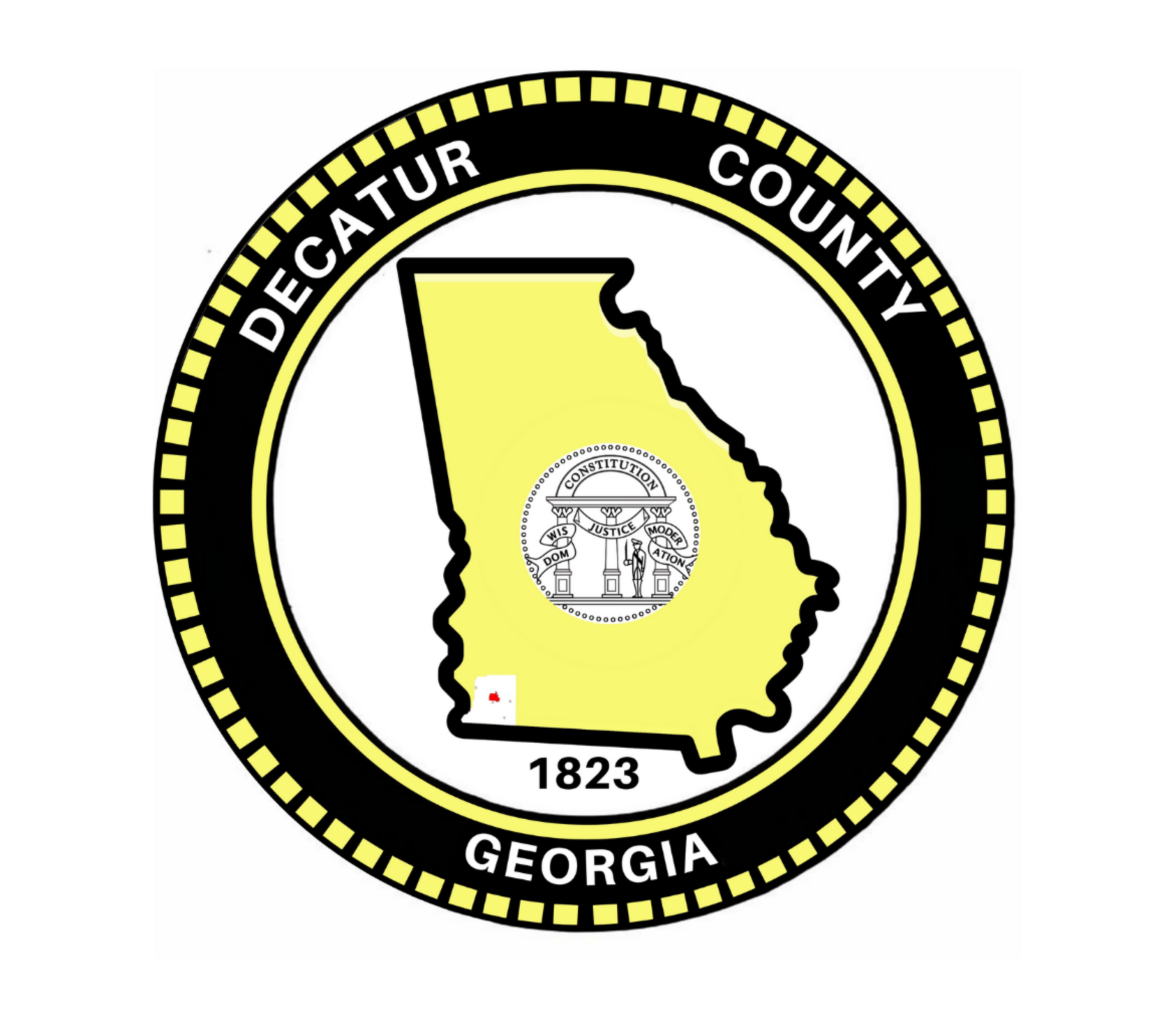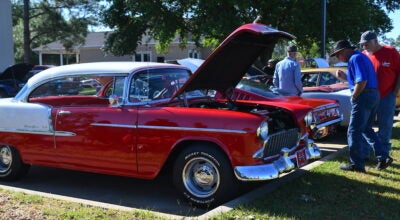First reunion of Climax African-American School
Published 7:01 pm Friday, June 26, 2009
In the 1900s, there were two Climax schools, one for the Caucasian children and one for the African-American children.
On June 20, the Climax African-American School held it first ever school reunion at the Depot railroad train station in Climax.
With the heat index nearing 100 and over, students who had attended Climax School from as far back as 1938 came from far and near braving the weather to see classmates and share special memories.
History of the school
According to history provided by Robert Carroll, he began Climax school in 1936 and it was held at St. John African Methodist Episcopal Church on Broad Street. According to Church history, St. John’s is the oldest African-American Church in Climax.
In 1936, the Climax School building, portions of which still stands on East Broad Street in Climax today, was not completed.
Essie Mae Martin Davis was another one of those early students graduating from the school as a Junior High School student on April 26, 1938. She still proudly displays her certificate. She came back to Climax and the school in the 1940s as a teacher of the first and second grades.
In the history written by Carroll, when the school was completed, a plaque was placed on the outside northeast corner wall of the building that reflected when it was built and the source of funding.
There were four structures on the campus, the main school building, two outhouses, and later an industrial arts building was constructed for mostly carpentry and home economics classes.
There was no electricity or running water. Only a wood-burning (pot-bellied) space heater, and in the winter there was a constant concern due to the lack of wood, so the teachers and students resorted to burning pine cones and other wood debris they could find to keep warm, until in later years a coal-burning stove was installed. Water was carried by hand from Lonnie Bradwell’s home with each child having their own drinking cup.
There was no lunchroom or lunch program, and sometimes he stated the children brought bag lunches, but most endured without eating during school hours.
He remembered an outdoor basketball court on the east side of the building, later relocated to the northwest of the school.
Carroll stated the annual countywide basketball tournament was always held in Attapulgus because this was the only place in Decatur County where the Negro students were allowed to use a gymnasium.
The first official name given to the school was Climax Junior High School and served grades first through ninth. According to Carroll, there was a countywide test given to all seventh-graders and a countywide graduation also was held in Attapulgus for all junior high school students.
Spelling bees were also held in Attapulgus.
After junior high school, the students could move on to high school. However, this became a problem; they had to get to Bainbridge for high school anyway they could. If they had the money, he said they could ride the Trailways bus, or some kind mailman allowed them to ride the mail truck after the mail was loaded or they boarded with family members in Bainbridge.
During these years, Andrew Avery was the school’s superintendent and Lillian E. Williams, a black woman was supervisor of the Negro schools.
Teachers boarded with families in Climax and some were Senella Bradwell of Climax, the first Climax School teacher; Mary Fulgeon Harley of Climax; Beulah Bonner of Bainbridge, who lived with the Carroll family; Mrs. Sherman of Americus, who lived with the Carrolls; Harvey Walden of Bainbridge, who lived with the grandmother of Carroll; Sallie Hendrick and Willena Coachman, who lived with Senella Bradwell.
Principal Wilbur Johnson of Fowlstown and Bainbridge lived with the Rev. Josh Fulgeon’s family, and Ralph Young, principal of Statesboro and Bainbridge, lived with the Carroll family and S.R. Maddox of Mount Moriah.
The last decade
The last generations of the Climax School were those students of the late 1950s until the closing of the school in 1965.
Integration of Decatur County School began some in 1970, then more in 1971.
Barbara Pugh remembers the Climax School had been narrowed down and cut back to four teachers and eight grades with two teachers teaching two grades.
She remembers Essie Davis teaching first and second grades, Leona Robinson third and fourth grades, Dorothy Mock Clark teaching fifth and sixth grades, and Isaac Conyers as principal and teaching seventh and eight grades.
By then there were two cooks, Thelma Green and Lizzie Laster, and a lunchroom. The school had two regular bus drivers, Otis Douglas and Tom Green, and Green’s nephew, Thee Green, who drove for awhile.
Lillian E. Williams was still the supervisor of the Negro Schools, and W.L. Lamb was superintendent of the schools.
Pugh remembers activities and festivities throughout this time period with families sometimes providing fresh vegetables for meals and sponsoring PTA functions for the students on special occasions. High School students now had a ride to Hutto High School in Bainbridge. At one time there were two high schools in Bainbridge.
Essie Davis remembers Union Normal and Hutto both as high schools.
Teachers from the last generation of the school who are still living are Essie Davis of Climax and Isaac Conyers of California.
The Climax African-American School closed it doors in 1965, and the older students continued their education in Bainbridge until full integration of the county schools. The younger students were then integrated with the children in the white Climax School.
Commemorating a legacy
On Saturday after a warm welcome by Pugh and Marie Beyah, and an opening prayer by the Rev. Ronnie L. Williams, students and guests followed a practice that many students did in those days—everyone sang “My Country, Tis of Thee” followed by the pledge to the flag, and in unison the Lord’s Prayer.
Bible verses were recited and opened to all who wished to participate just as we all did in school back in those years. The Rev. Robert Hall gave the selection and prayer.
Many shared favorite memories of times past at Climax School—some funny and some tender moments forever treasured in memories.
A memorial tribute table honored those classmates who have passed away. Many students participated in the maypole dance just as they did as youngsters at Climax School, laughing and twisting and turning as they wrapped the pole in red and black.
Many other activities planned by the committee were checkers, hokey-pokey and a spelling bee. The students voted to have another reunion next year, but due to the hot weather this time of year, they agreed to hold the reunion in the month of April.
Students of Climax who attended this reunion have gone on to become doctors, nurses, teachers, ministers, honored military professionals, World War II veterans, professors and just about any profession you can think of. Coming from the educational hardships placed on them by others and struggling to reach their goals, the students of the Climax African-American School have made all of Climax very proud.
Reporter’s note: In 1997, I had the honor of visiting Trudy Edwards, and she gave me some history on the Climax School. I wrote an article about her memories. Several portions of that article was placed in the school’s reunion commemorating a legacy book as part of the school’s history. I was honored to have been a part of this. I also send special thanks to Barbara Pugh for her help in this article.
Look for more Climax African-American history as Eurika Hall has given Pugh “The Bronze Special, the voice of the Negro People,” this newspaper was printed in 1942, and we will be featuring several of the articles in the future.





